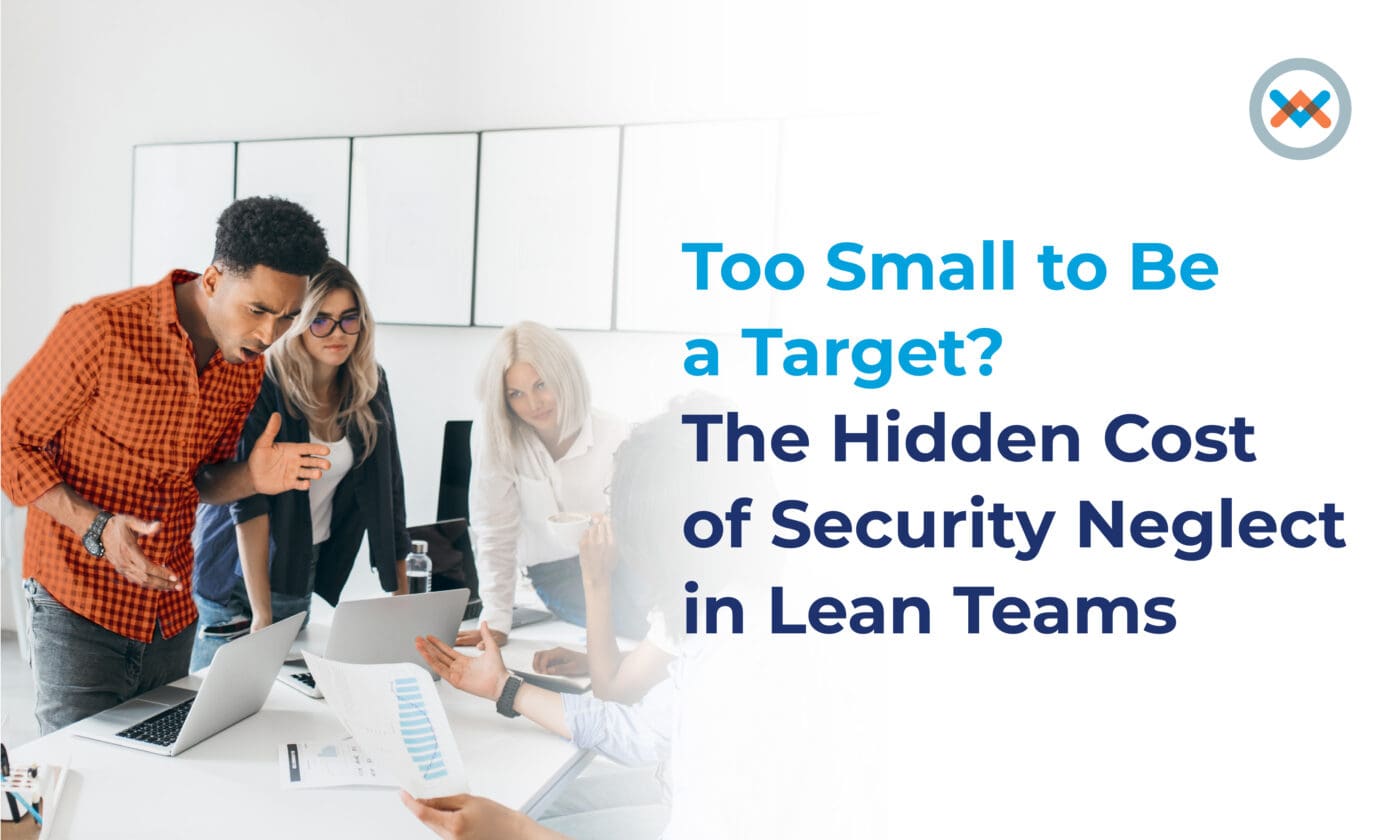"Zero Trust" has become one of the most overused phrases in cybersecurity. It’s presented in boardrooms, featured in every vendor’s marketing materials, and mandated in federal directives.
The U.S. Cybersecurity and Infrastructure Security Agency (CISA) itself has noted that as the term's popularity has exploded, its meaning has often been "diluted and co-opted."
This disconnect creates a dangerous gap. While everyone talks about Zero Trust, few organizations have actually implemented it.
A 2023 survey revealed that only 10% of organizations had a mature and implemented Zero Trust program. Most organizations still operate on an outdated model of implicit trust; the idea that once a user or device is "on the network," it can be trusted.
This gap between the marketing of Zero Trust and the practice of implicit trust is where attackers thrive.
What Zero Trust Really Means
To move past the marketing noise, it helps to return to the formal definition. The National Institute of Standards and Technology (NIST), defines Zero Trust not as a product you can buy, but as "a set of concepts and ideas" for security architecture.
The core principle is simple: Never trust, always verify.
This mindset applies to every user, device, application, and network connection. No user, device, or application is trusted by default, even if they are already inside the network.
As CISA outlines, Zero Trust is an operational discipline built on three core tenets:
- Validate Explicitly: Always authenticate and authorize based on all available data points—including identity, location, device health, and more.
- Use Least Privilege Access: Grant just-in-time, just-enough-access for a user to perform their task, and nothing more.
- Assume Breach: Operate as if an attacker is already in your network. This means strictly segmenting access and monitoring all activity to prevent an intruder from moving laterally.
Zero Trust isn't an appliance; it's a fundamental shift in security strategy.
Why Zero Trust Fails in Real Environments
If the principle is so simple, why do so few organizations have a mature program? Implementation often fails when it collides with legacy systems and, more importantly, legacy habits.
The "One Product" Misconception
The most common failure is oversimplification. Organizations believe, "We deployed Multi-Factor Authentication (MFA), so we’re Zero Trust."
While MFA is a critical component, CISA's Zero Trust Maturity Model shows it is just one part of one pillar (Identity). It does not address device health, network segmentation, or application workloads.
Perimeter-Based Habits
For decades, security was built like a castle wall. This habit persists internally.
Most networks are "flat," meaning once an attacker breaches the wall (e.g., with stolen credentials), they can move freely inside to find sensitive data.
Legacy Systems
Many organizations still depend on legacy applications that were not built for modern verification and cannot be segmented easily.
Cultural Blockers
Zero Trust is a team sport. It requires alignment between networking, identity, operations, and security teams—groups that are often siloed.
Without cross-team alignment, Zero Trust initiatives stall the moment convenience and speed collide with stricter verification.
Zero Trust in Daily Operations
When applied correctly, Zero Trust is not a one-time project; it’s a continuous[PA7] cycle of verification. CISA's model breaks this down into practical, daily operations across five pillars:
- Identity: A user doesn't just log in once. Every high-risk access request is re-evaluated based on identity and context (e.g., "Why is this user suddenly accessing the finance database from an unmanaged device at 3 AM?").
- Devices: No device is trusted. Before it can connect, its health is verified: Is its OS patched? Is its endpoint protection running?
- Networks: The network is "segmented" or "micro-segmented." This creates internal barriers, so even if an attacker compromises one server, they cannot "see" or access the next one. This contains the threat.
- Applications & Workloads: Security isn't just for users; it's also for software. Access between different microservices or applications is authenticated and monitored, preventing an attacker from using one compromised app to attack another.
- Data: Data is classified by sensitivity, and access policies are tied directly to the data itself, ensuring only the right people can access the right information.
In a real-life remote access scenario, this means a user's identity, device, and access level are continuously validated.
Their login is verified, their device is checked, and they are only granted access to the specific applications they need for their job, for the duration they need it.
Zero Trust Should Be Simple, Not Intimidating
Zero Trust can feel intimidating, suggesting a costly "rip-and-replace" of an entire network.
This is not the approach recommended by government or industry leaders. Both NIST and CISA present Zero Trust as a journey of incremental steps—a maturity model.
The goal is not to achieve "perfect" Zero Trust overnight. Instead, the goal is to start small, verify often, and grow over time.
An organization can begin by securing one high-risk area, such as remote access or protecting developer environments.
By focusing on consistent verification rather than unattainable perfection, teams can build maturity, demonstrate value, and make Zero Trust a routine, operational discipline.
The Final Result
Zero Trust is a significant operational effort, but the benefits are concrete, measurable, and go far beyond security.
The biggest advantage is breach containment. When an attacker inevitably gets in, Zero Trust principles reduce their "blast radius."
They are contained to a single segment, unable to execute the lateral movement that turns a minor intrusion into a catastrophic breach.
Ready to make security a seamless part of your operations? See how Wowrack helps organizations turn Zero Trust from a policy on paper into everyday practice.







